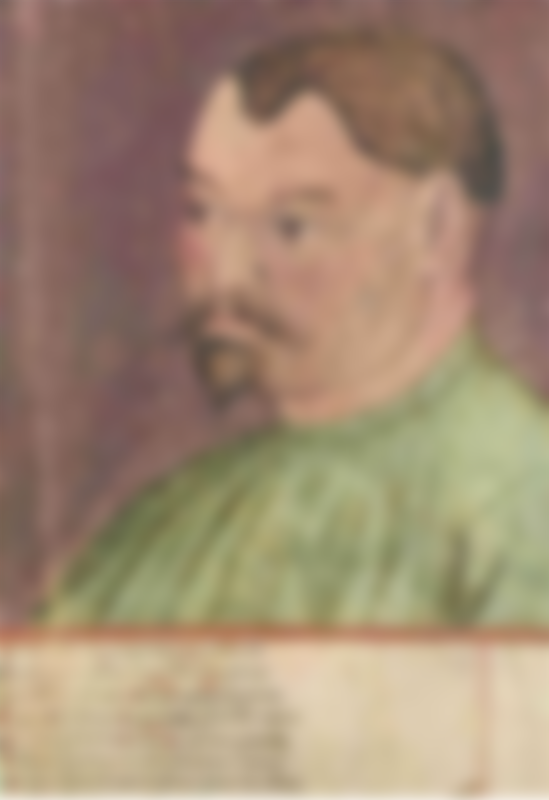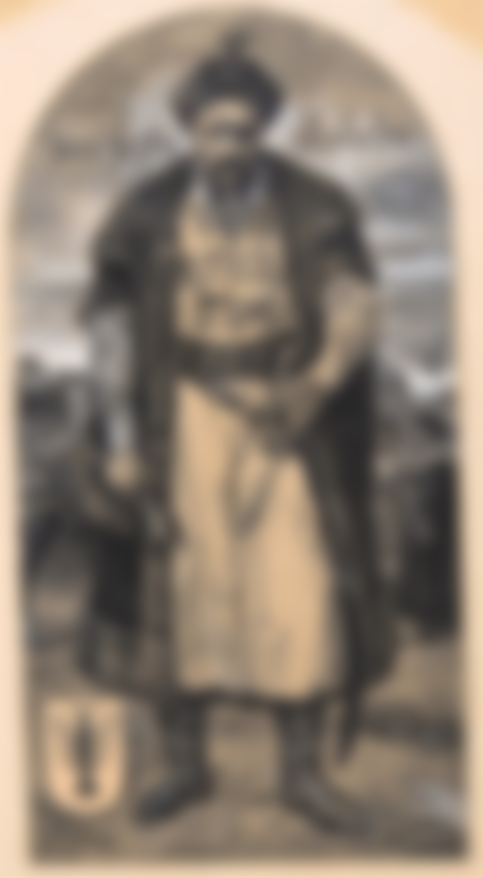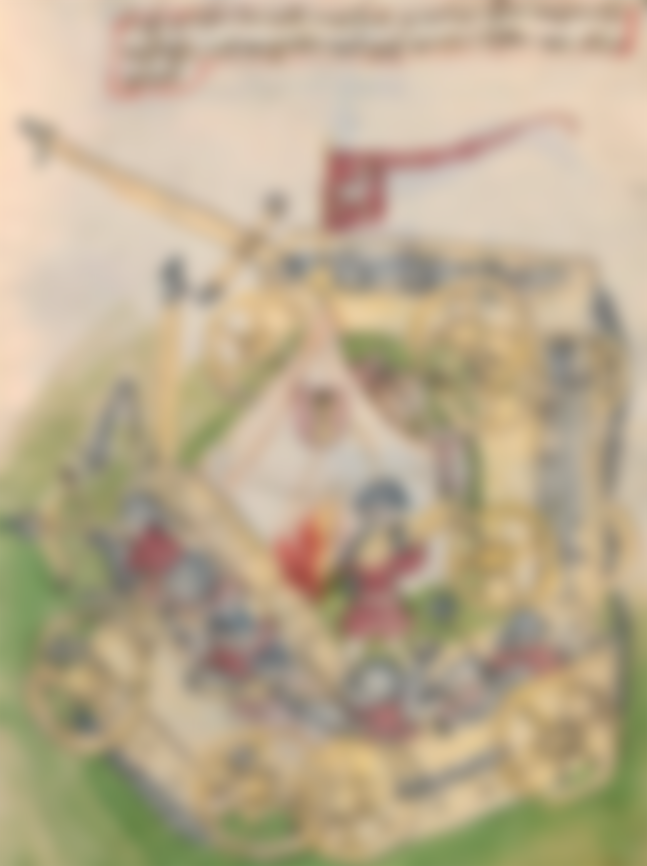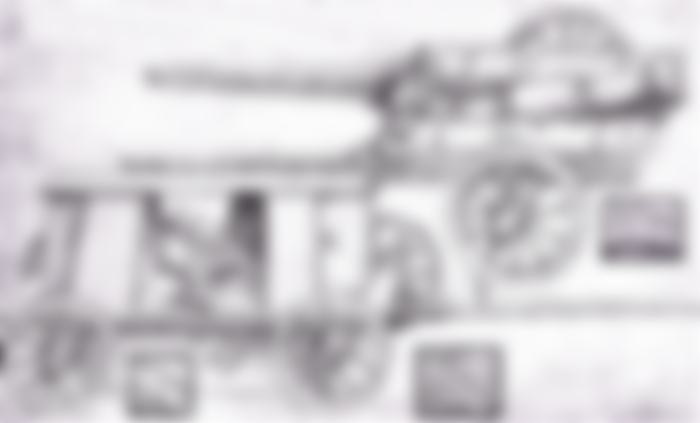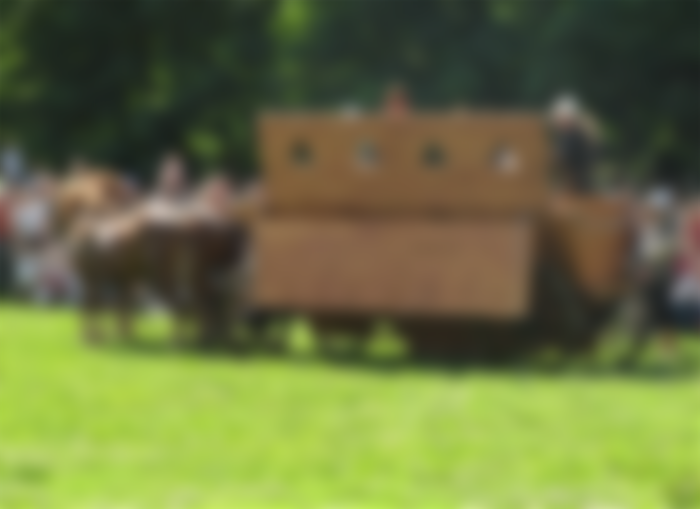Throughout history, chariots have been present on the battlefields of Europe and Asia. First in Egypt and Mesopotamia, and later in China and Europe.
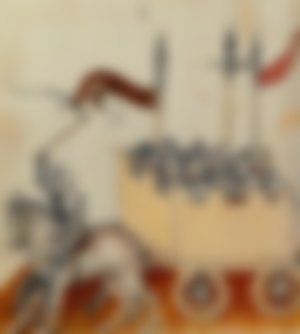
The Middle Ages, the age of armored knights on horseback are not immediately associated with chariots, but they are present in wars and battles and in our area. Although their prehistoric and ancient example (two-wheelers) was in the offensive function, medieval chariots in Europe initially had a defensive role where they would be placed in a circle and form a defense that was perfect against knights on horseback.
There is information that in the battle on the river Shajo in 1241 in the conflict of the Hungarian-Croatian army against the Mongols, King Bela IV used this very tactic.
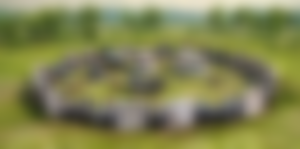
In the 14th century, the advanced German inventor Konrad Keyser came up with the idea that a chariot could be better equipped and used as an attacking element, something like a forerunner of a tank.
Konrad Kyeser of Eichstätt was a military engineer, a supporter of King Wenceslas IV and the author of Bellifortis's Handbook of Martial Arts, which is the oldest example that appeared A book written in Latin consists of 140 parchments with somewhat incomprehensible text. It is accompanied by elaborate drawings. The book was very popular at the time of writing, as evidenced by the fact that more than thirty manuscripts have been preserved to this day.
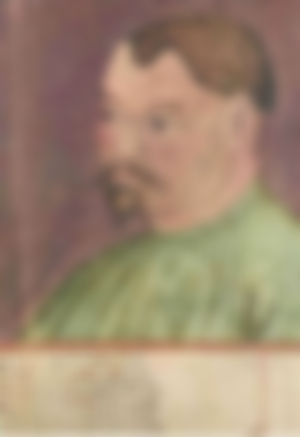
The 15th century brought a real renaissance to this form of warfare. At the beginning of the 15th century during the Hussite wars, precisely because of the lack of knights, equipment and rich nobility, Czech peasants, led by Jan Žiška, used this cheaper and effective system against the strong cavalry and infantry of Hungarian King Sigismund of Luxembourg and his crusading allies. The tactics caused chaos in the enemy ranks of an otherwise very disciplined army.
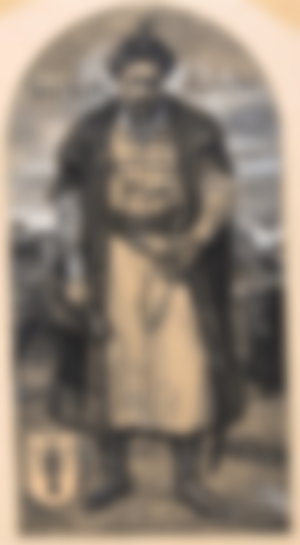
Žižek's "battle car" was the ancestor of today's tanks and was used in war with great efficiency. There were two types of such chariots, one was defensive, with armor and the ability to accommodate up to 18 people, while the other was mounted a light cannon known as "snakes".
These chariots could be joined together for train-shaped ends, and the holes between them were filled with heavy plates thus forming a kind of mobile fortification that could be defended from all sides. Hundreds of such chariots were made, and they were capable of crossing up to 40 km a day.
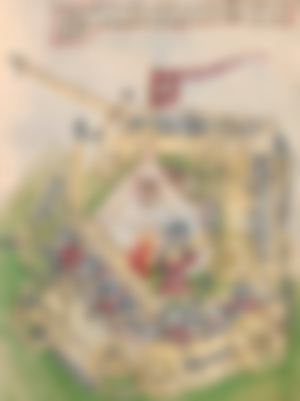

There is also information that King Matthias Corvinus had 9,000 chariots in his army. War chariots were also used during the Hungarian - Ottoman wars (Battle of Varna), then in obstructing Ottoman penetration into Hungary and Croatia in 1523-26. (Archbishop Pavao Tomori, Sremska Mitrovica, the marsh of the river Karašica), but the increasingly powerful and mobile artillery weapons are completely displacing the chariots as insufficiently resistant to the newer firepower.

Perhaps the last action of medieval chariots took place at the Battle of Pusztamarot in Hungary in the autumn of 1526 when a peasant army rose up against the Ottomans using this chariot tactic. The Ottomans easily defeated the inefficient peasant army with better equipment and training.


